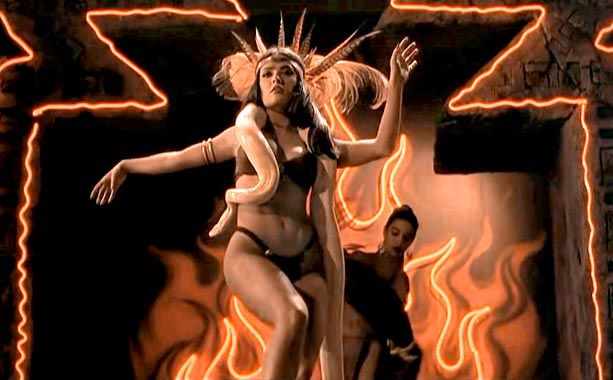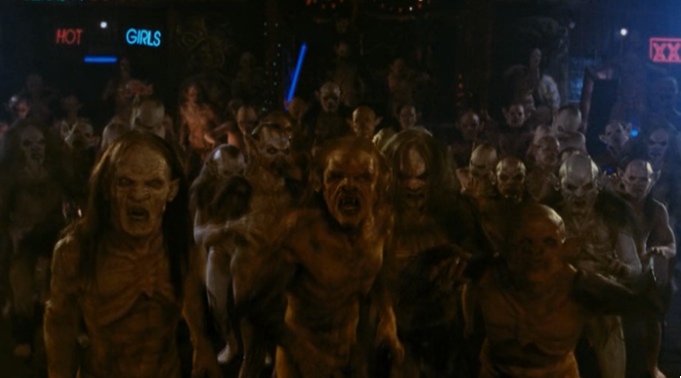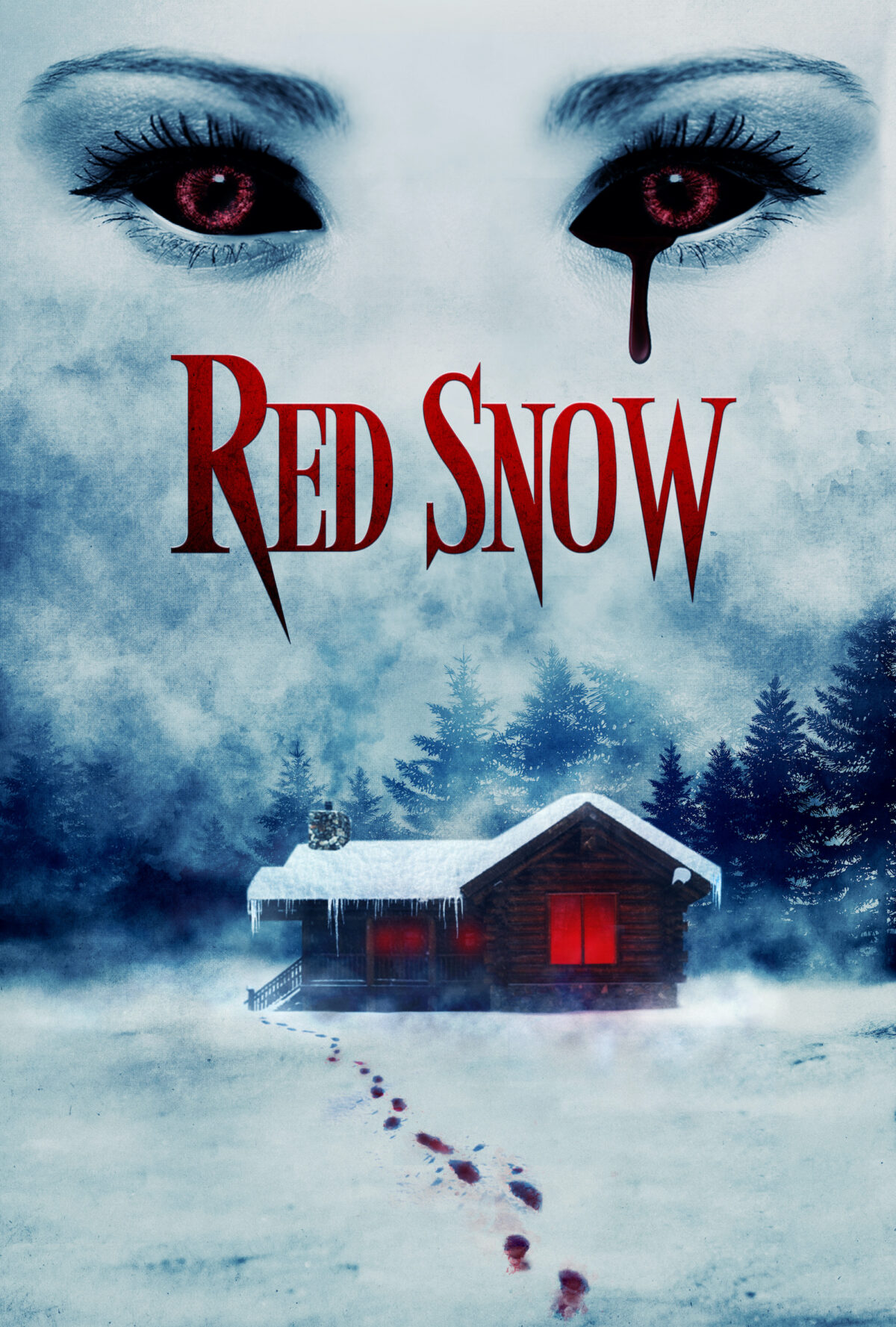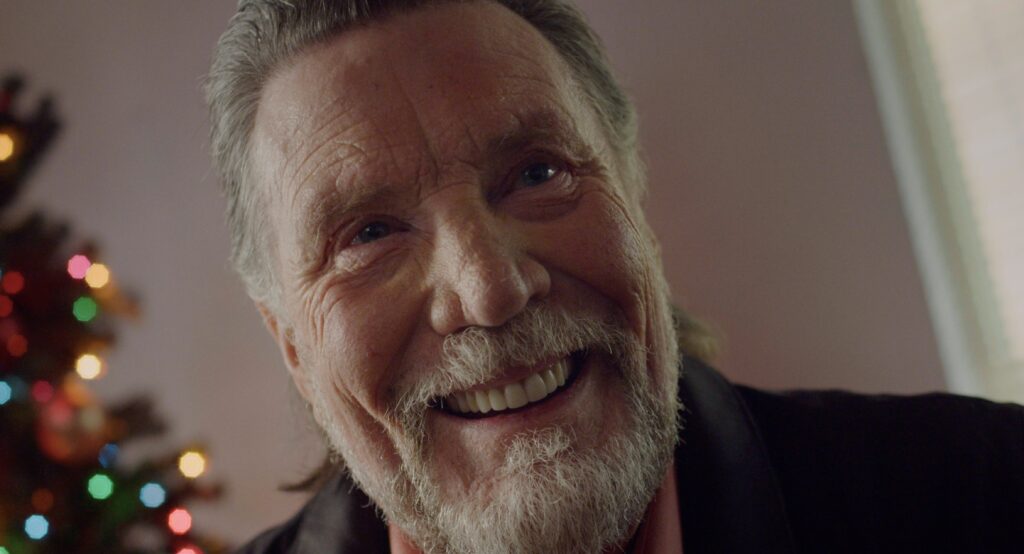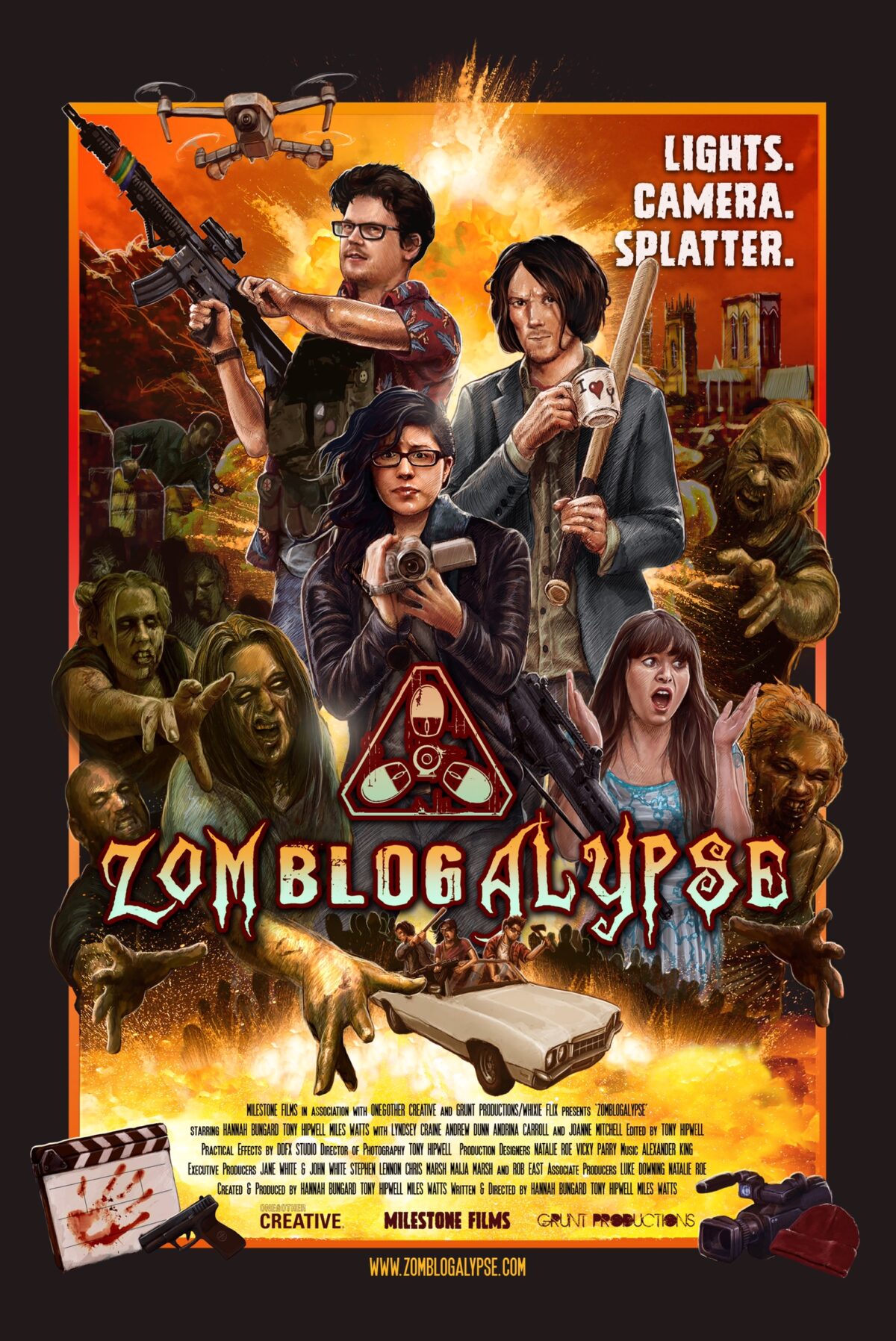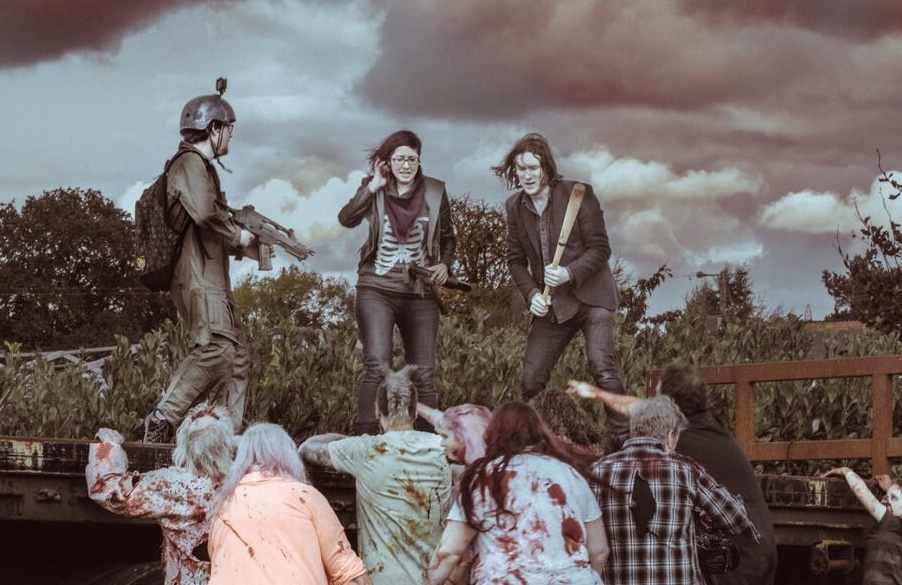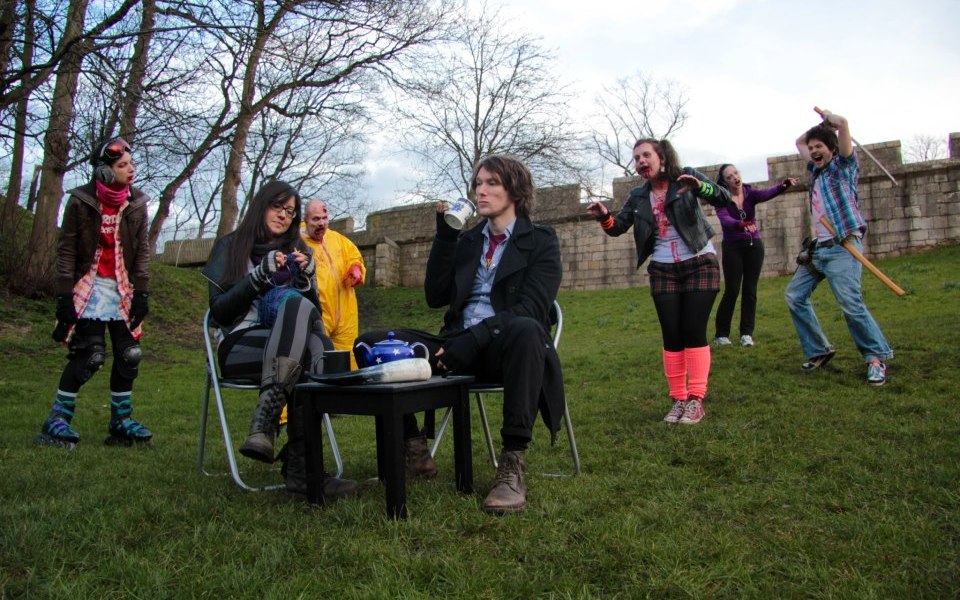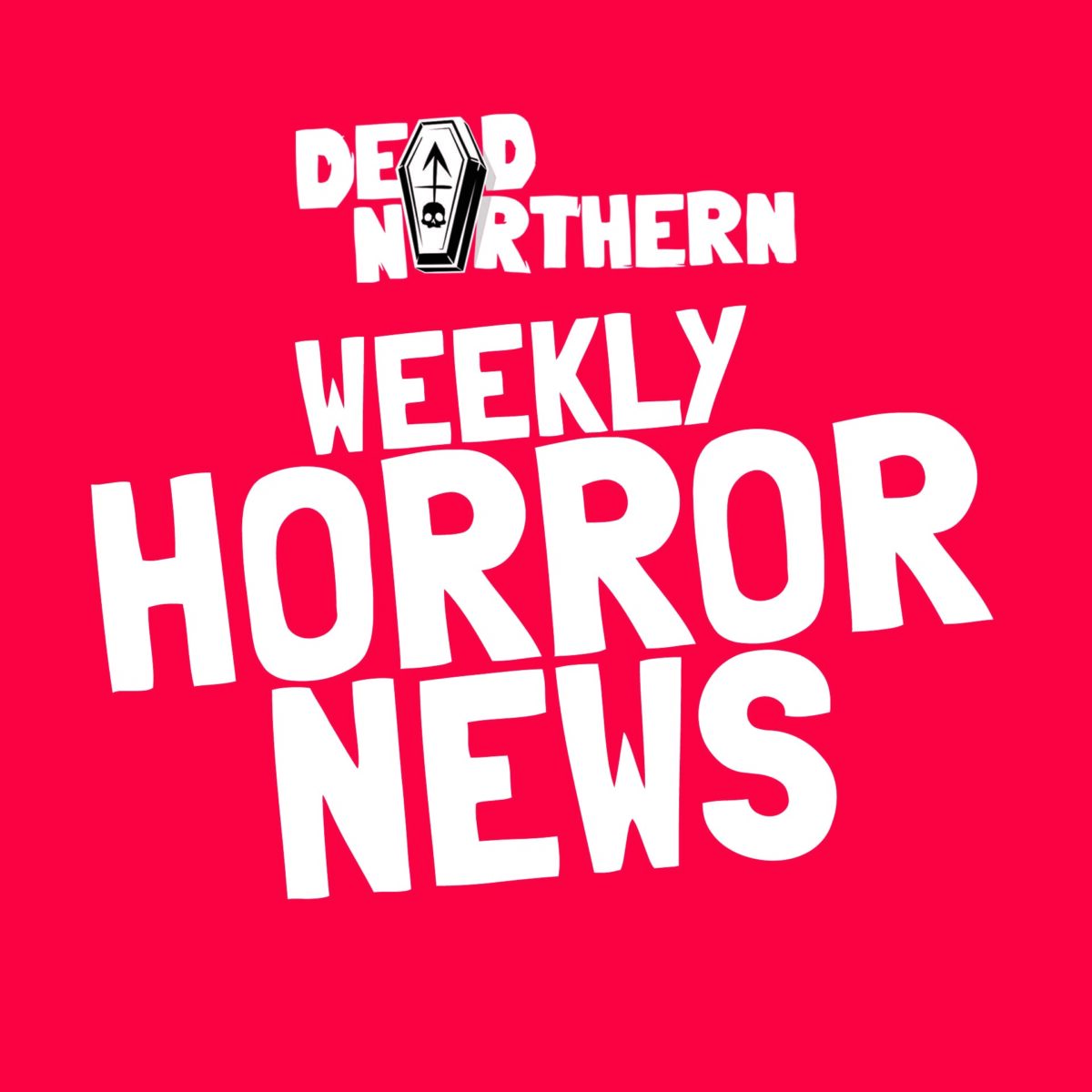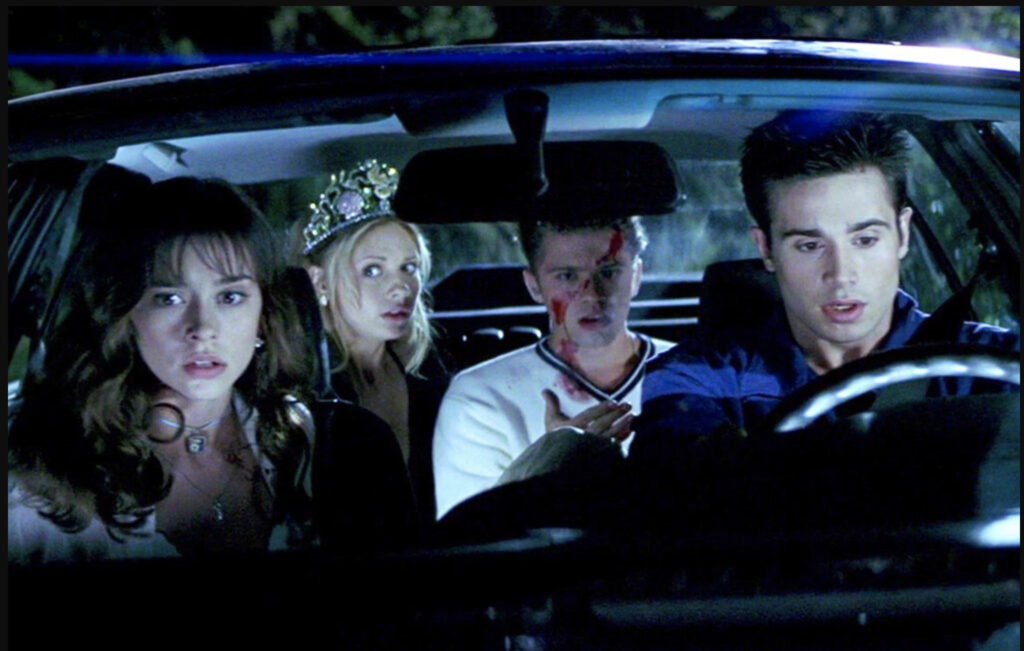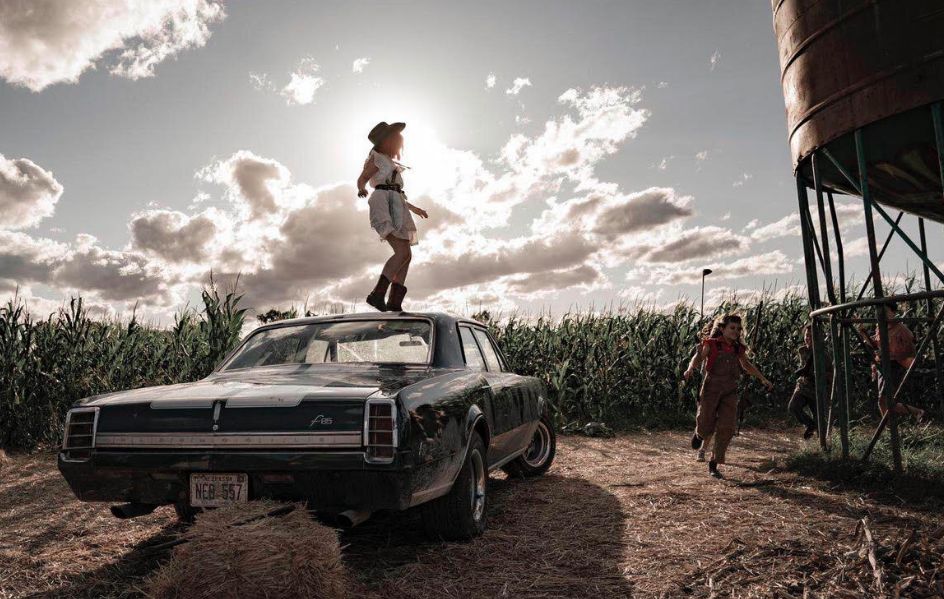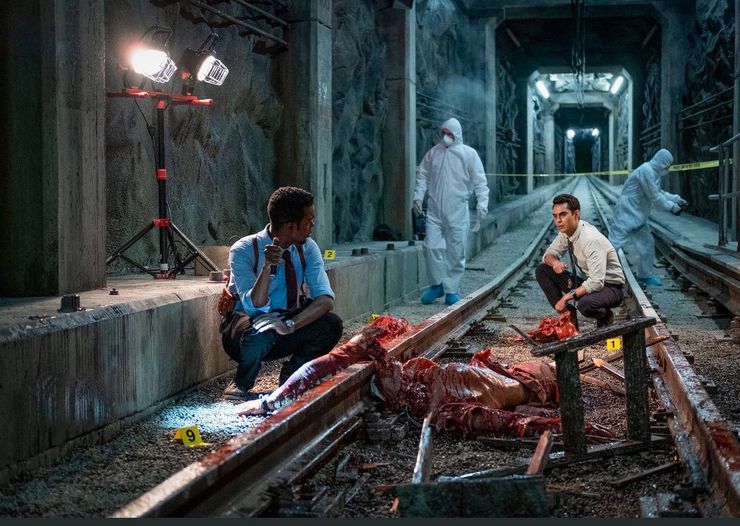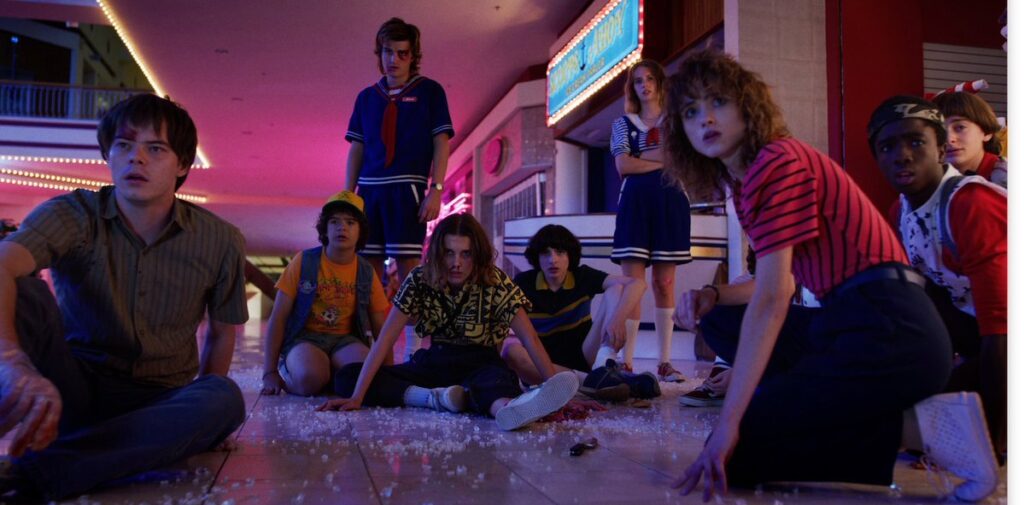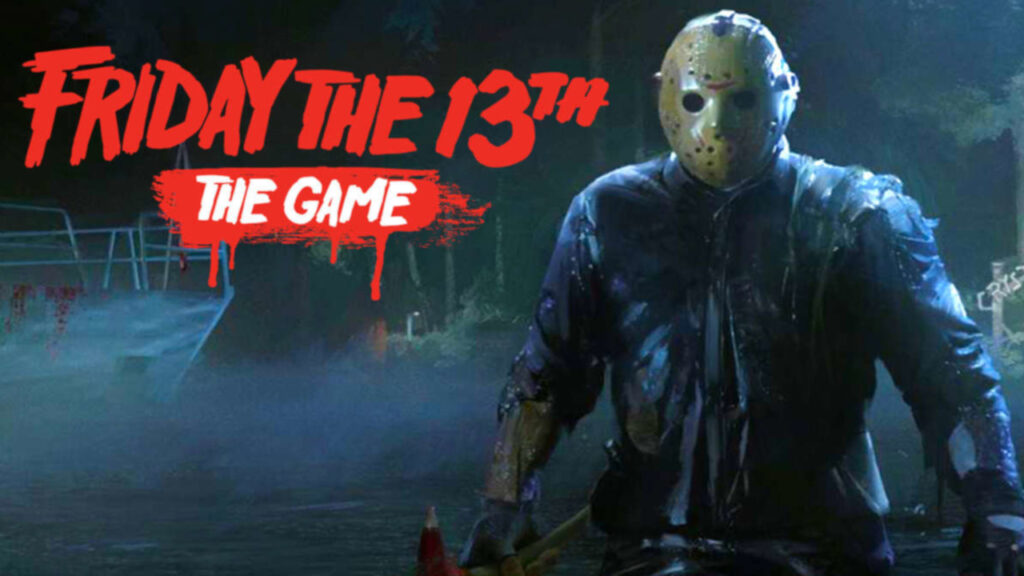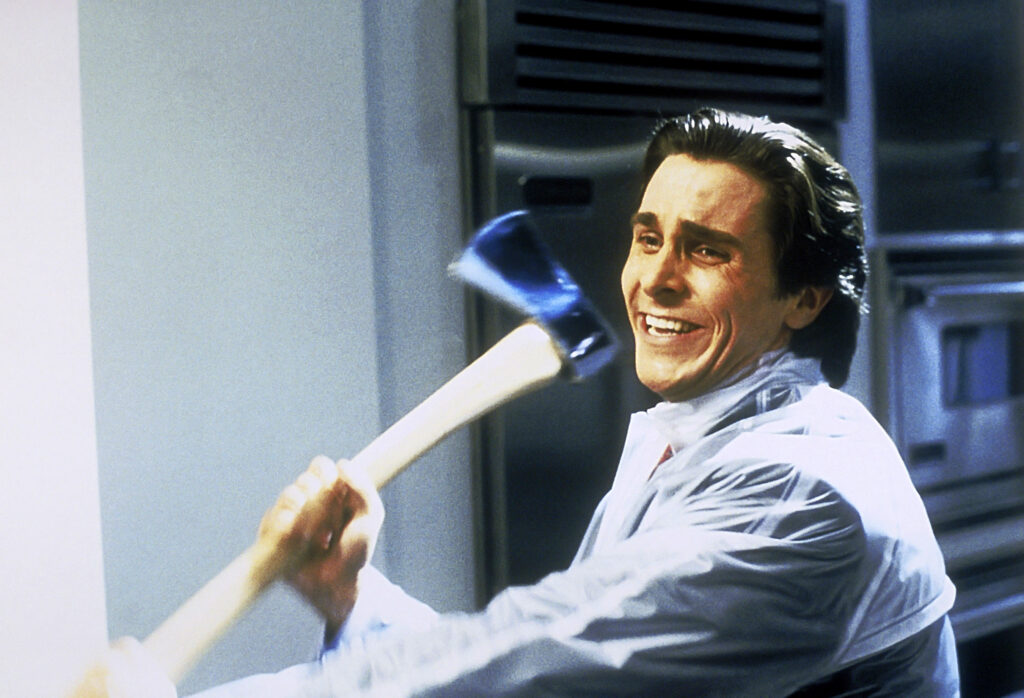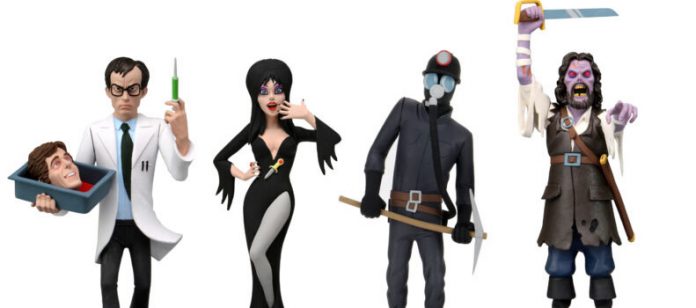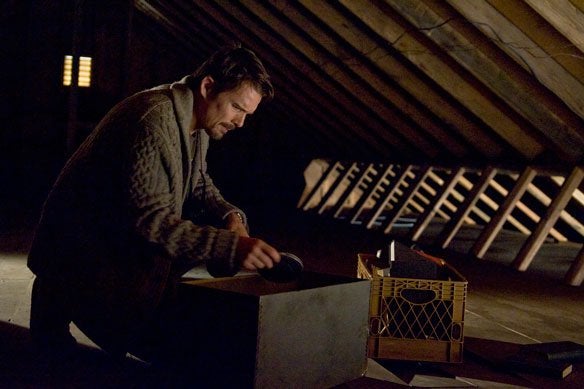2021 Festival Review – Burnt Portraits
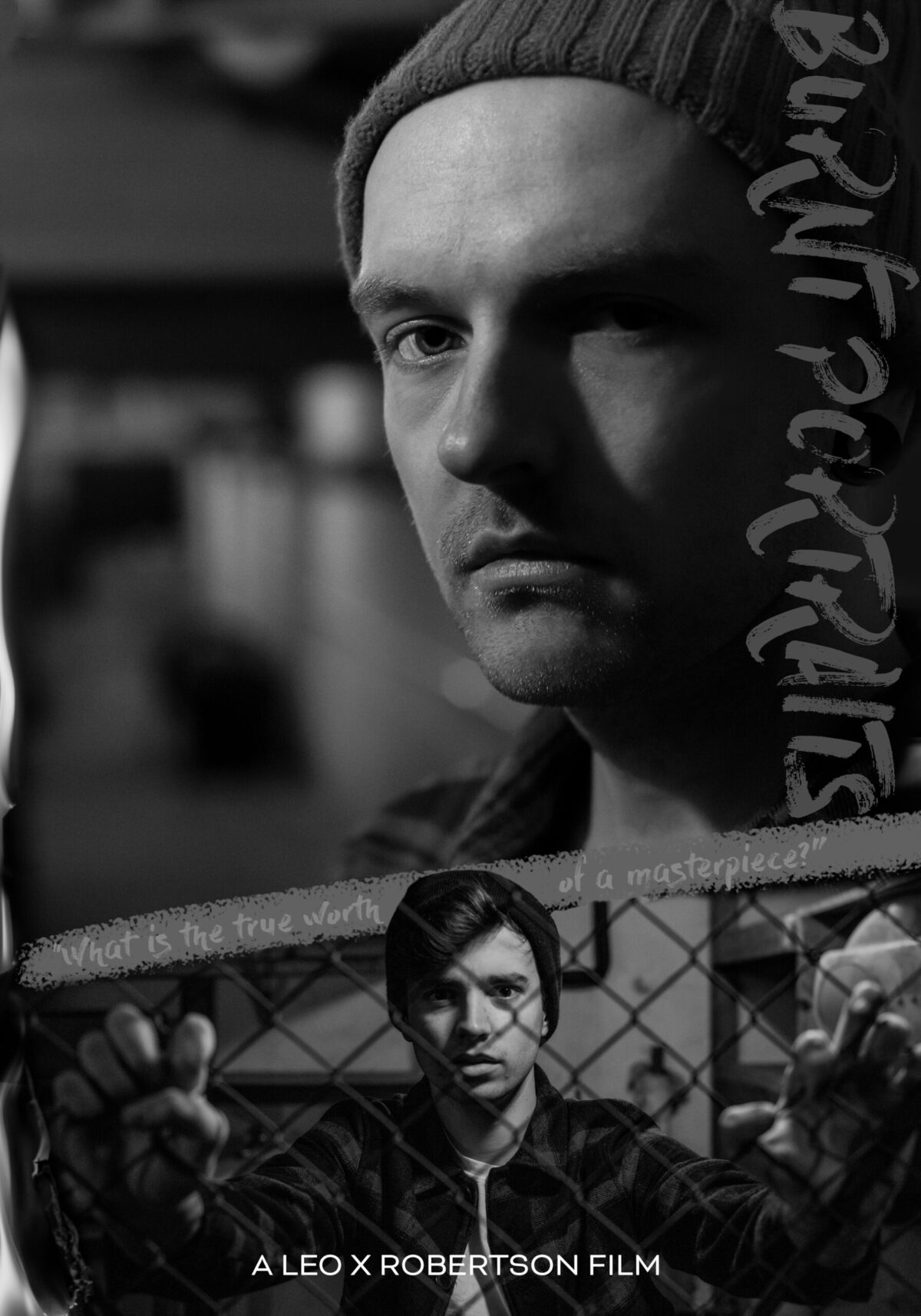
Leo X. Robertson has a keen eye for the obscure, with his focus dwelling on the oddities of society, particularly seen in his book Unfortunates (2021) which chronicles eight short and sadistic stories. Robertson’s second feature film Burnt Portraits captures his most exciting project to date as we are thrown into a dark and twisted world permeated with disguises, suspicions, and horrid truths.
Burnt Portraits follows a popular singer (Sam Crichton), whose naivety lands him in deep trouble as he finds himself in the company of a slightly unusual artist in his dim studio (also played by Robertson). Once ‘Singer’ awakens he quickly hits it off with the artist, forming an unexpected bond despite their differences. However, it’s not long until Singer’s trustiness sneaks up on him as sinister chaos begins to erupt…
Throughout the film you are left unchaperoned as the ‘who, what, when, and where’ remains principally anonymous, and although it may be second nature to surrender to conventionality Robertson takes the long way round and makes us work for the answers. As aforementioned, Singer ends up forming a brief kinship with the Artist.
As their mutual knowledge of one another grows we too get comfortable in their presence, meaning that when the film does a 180 it hits us as quite a shock. Although Robertson takes time in unveiling the film’s catalyst the slowburn route is certainly worthwhile. What facilitates Burnt Portraits lingering disentanglement is the stylistic rejection of coloured film in favour of using black and white. Through foregoing the modern tradition of colour imagery the environment becomes stark and casted in dark shadows, ensuring that the film leaves a visual mark upon its viewer.
Backing Burnt Portraits melancholic undertone is the isolating narrative that jolts a sense of unease throughout the 99 minute run time. The story takes place in one setting (albeit a large setting), an art studio. But despite the presence of the pair it still feels entirely abandoned and neglected. When we are introduced to Singer the room is somewhat lonely and dark, but the Artist soon turns on the lights. Rather than relaxing in the brightness I found the illumination unwelcoming, as if whatever is ‘out there’ can see even easier, an idle trap. But that’s the beauty of Burnt Portraits, besides the detailed character depth and the progression of the intensity, one of the most harrowing moments relies upon the unknowingness of the situation.
Burnt Portraits is even more noble when you take into account its small crew and budget, even the set itself was offered up by Crichton’s mother who thought that the basement to her art studio set the perfect scene for a horror film (she was definitely right!). The film is a clear labour of love and its independent background is a great entry into indie-horror.
Whilst Roberston is just one of the many exciting up-and-coming creators in the field, his unique portrayal of harrowing horror is hauntingly impressive, and I for one hope to see more of his horrific visions make it onto the screen.
You can check out the world premiere of Burnt Portraits on Friday 24th September 2021 at this years fest, tickets and details here.








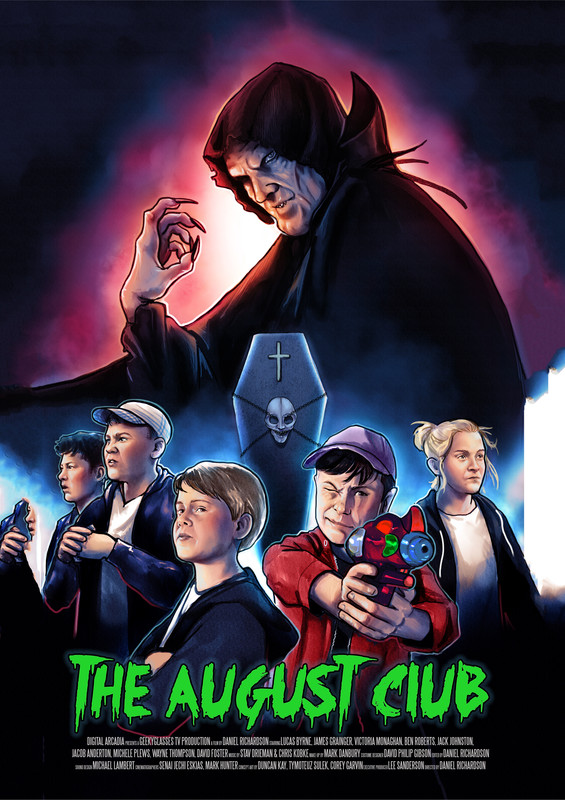





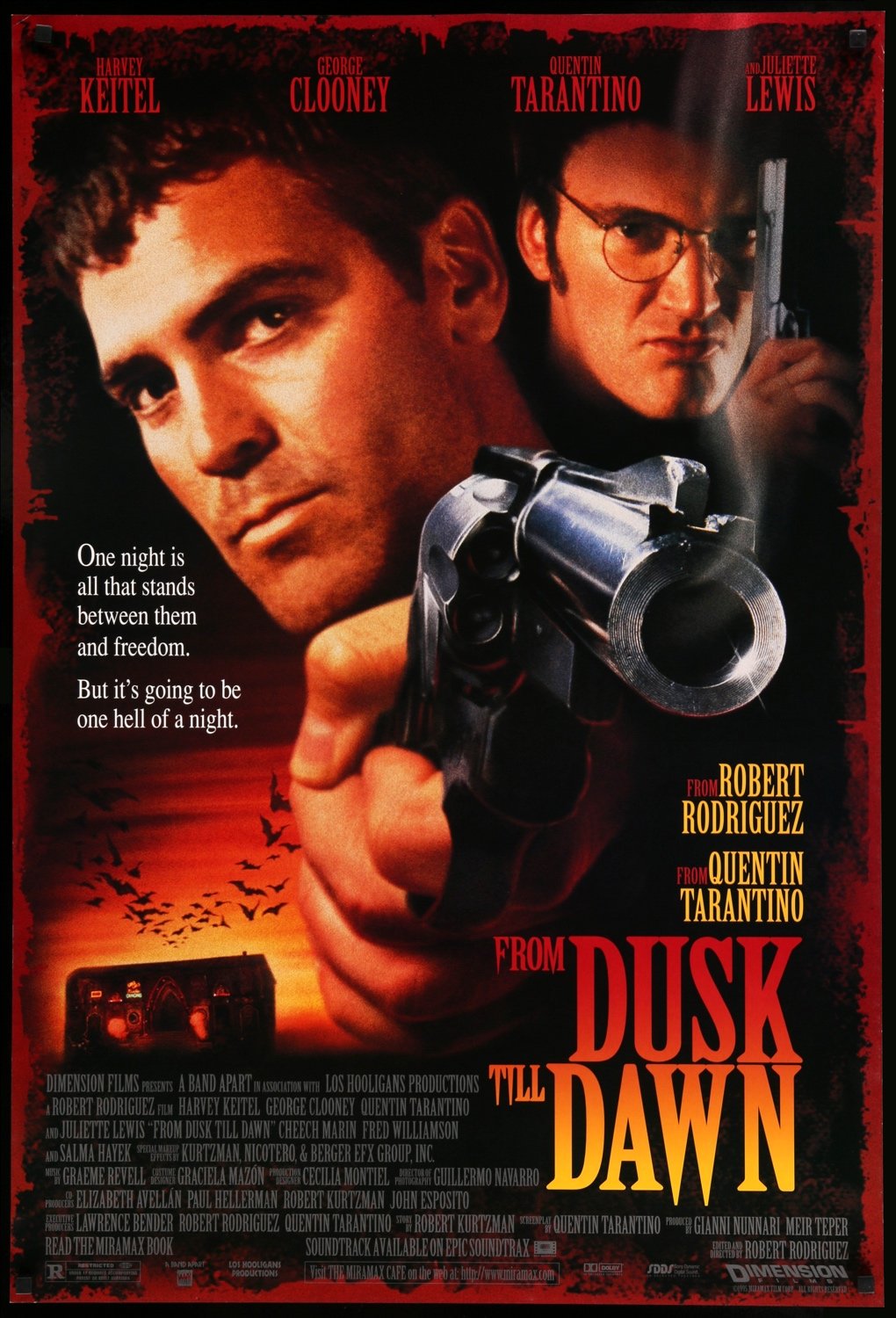
![From Dusk Till Dawn [25 Year Retrospective]: Okay Vampire Killers… - Bombshells & Blueshells](https://bombshellsandblueshells.com/wp-content/uploads/2021/01/From-Dusk-till-Dawn.jpg)


